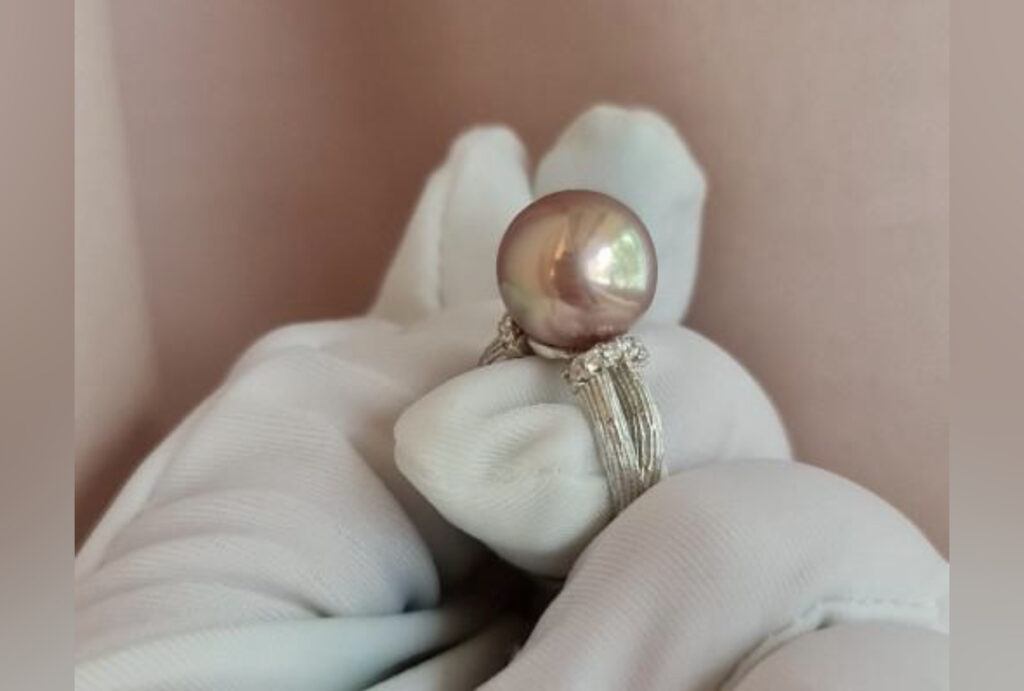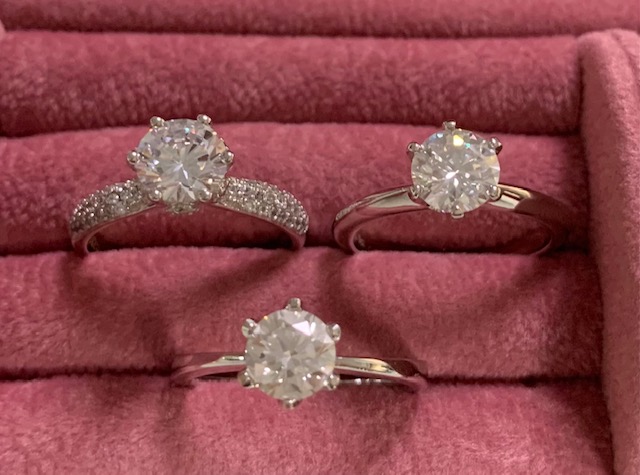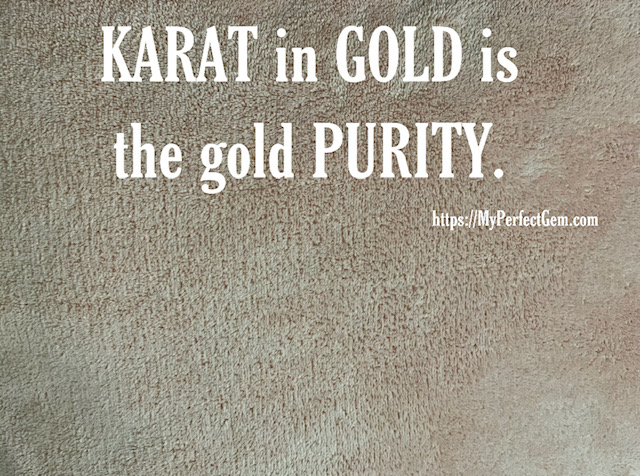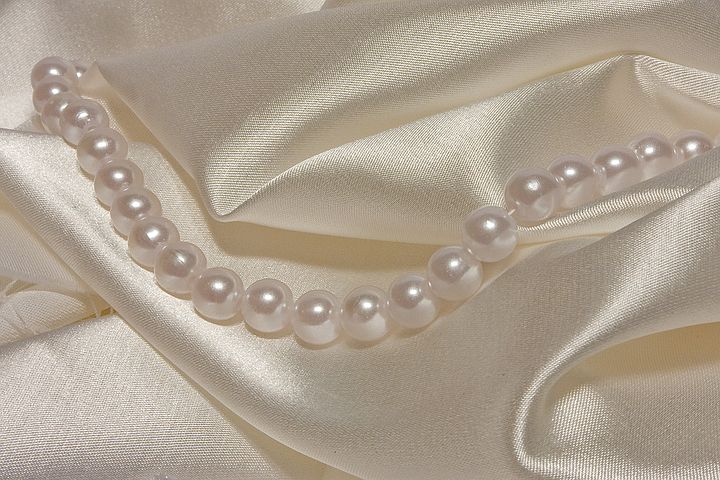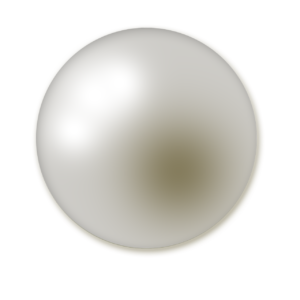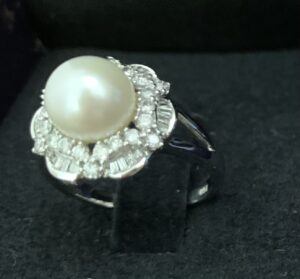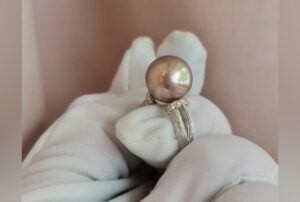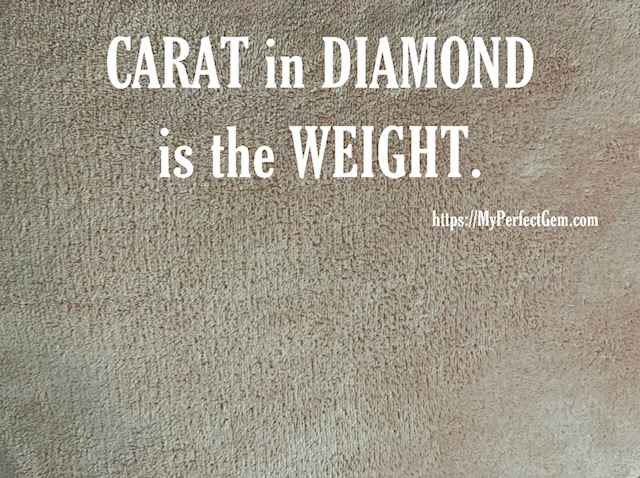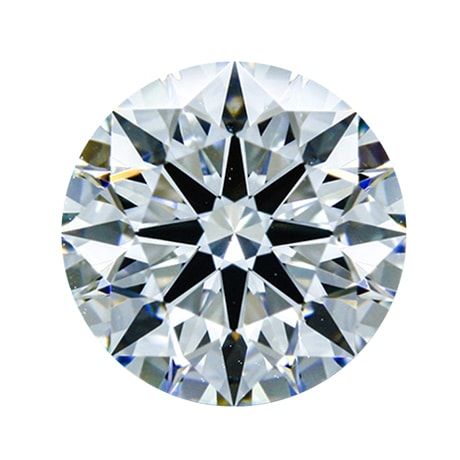This ruby necklace is not just a jewelry piece, it is like beautiful arts set in gold plated silver piece. Each crimson gem holds the fire of passion, the strength of courage, and the timeless elegance of love. Like drops of frozen sunset woven together, it reminds us that true beauty comes not from perfection, but from the brilliance of what each piece carries.
A necklace like this does not just adorn the body, it empowers the spirit.
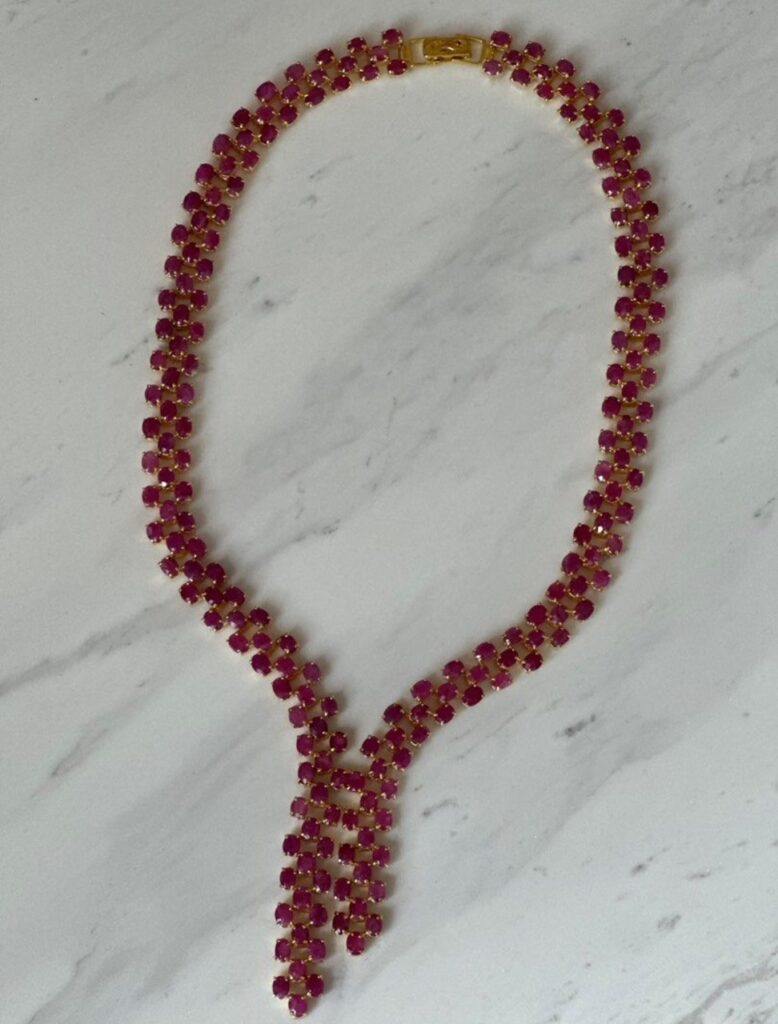
King of Gemstones
Rubies have long been revered as the “king of gemstones,” cherished not only for their beauty but also for their symbolism. They are said to carry the energy of life itself, the fire of the heart, the courage to overcome, and the vitality to shine through every season of life. Wearing rubies is not merely about adornment; it is about embracing an energy that uplifts and empowers.
This necklace is a tapestry of devotion and artistry. Each ruby is meticulously set, creating a rhythm of light and color that dances across the neckline. Its elegant Y-shaped design draws the eye downward, elongating the silhouette with a grace that feels both regal and modern. Gold clasps gently bind the stones together, reminding us that beauty is not just in the gem, but in the harmony of its setting.
The statement piece

When draped around the neck, this piece becomes more than jewelry, it becomes a statement. It tells the world of the wearer’s confidence, her inner fire, and her quiet yet unshakable power. It is not just an accessory to an outfit, but a companion to a story—her story.
In a world where trends come and go, an elegant ruby necklace like this stands timeless. It is the embodiment of enduring beauty, a celebration of love, and a reminder that what shines brightest often comes from within.
Crafted with exquisite precision, this ruby necklace is a symphony of fire and grace. Each gem, hand-selected for plated silver. Each piece captures the essence of passion and timeless allure in its own unique piece.
The Ruby Jewelry, The Sophisticated Design
The design speaks to refined sophistication: a double row of radiant rubies cascading into an elegant Y-shape, delicately set in gold. Every detail is a testament to artistry, balance, and enduring beauty.
Rubies, celebrated as the “King of Gemstones,” have long symbolized vitality, love, and strength. Here, their brilliance is elevated in a piece that transcends adornment, becoming an heirloom of elegance.
This necklace is not merely worn, it is experienced. It completes the woman who wears it, enhancing her presence with a quiet power and an unmistakable aura of luxury.

